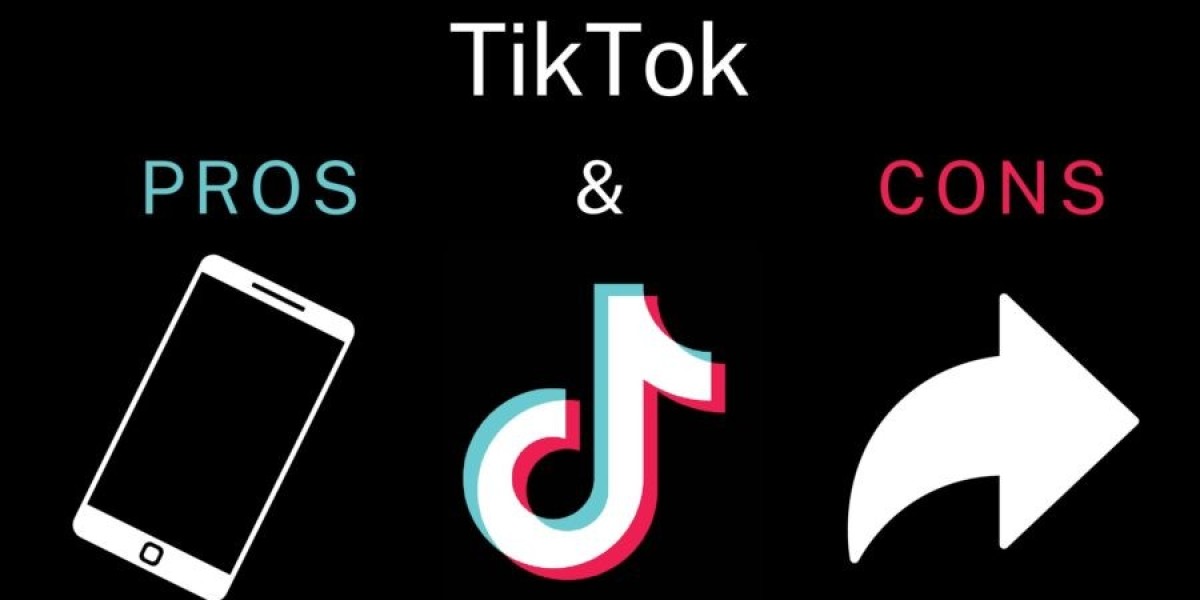While TikTok offers significant opportunities for businesses aiming to expand their digital footprint, it also presents a set of challenges. Here’s a comprehensive look at 15 disadvantages of using TikTok for business purposes:
Content Misalignment: TikTok's youth-centric and entertainment-focused content may not align with all business types, especially those in more serious or niche industries, making it challenging to create relevant content.
Brand Safety Concerns: The risk of a brand's content appearing next to inappropriate or harmful material can be a concern, potentially damaging the brand's reputation.
Short Attention Spans: The platform's design encourages short attention spans, which can make it difficult for businesses to convey complex messages or detailed product information effectively.
High Competition: With millions of active users and businesses on the platform, standing out in a crowded space requires significant creativity and effort, making it a highly competitive environment.
Frequent Content Creation: To maintain visibility and engagement, businesses need to produce content frequently, which can be resource-intensive in terms of time and creativity.
Algorithmic Uncertainty: TikTok's algorithm can be unpredictable, meaning content that a business invests heavily in may not always reach its intended audience or achieve expected engagement levels.
Data Privacy and Security Risks: Concerns over data privacy and handling have been raised regarding TikTok, potentially putting sensitive business information at risk if not managed properly.
Limited Demographic Reach: While TikTok has a vast user base, it is predominantly popular among younger audiences, which may limit its effectiveness for businesses targeting older demographics.
Regulatory and Legal Challenges: TikTok has faced scrutiny and bans in several countries due to security and privacy concerns, posing a risk for businesses relying on the platform for international reach.
Potential for Negative Feedback: The interactive nature of social media exposes businesses to public criticism and negative feedback, which can spread quickly and must be managed carefully to protect the brand's image.
Monetization Challenges: For businesses looking to directly monetize their presence on TikTok, the platform may not offer as straightforward or lucrative opportunities as other channels, especially for smaller businesses.
Ephemeral Content: The transient nature of trends on TikTok means that content can quickly become outdated, requiring businesses to continuously innovate to stay relevant.
Intellectual Property Concerns: The ease of content sharing and replication on TikTok raises concerns about intellectual property theft and unauthorized use of branded content.
Resource Allocation: Devoting the necessary resources to create standout content on TikTok can strain budgets, especially for smaller businesses that need to balance this with other marketing efforts.
Measurement and ROI Challenges: While TikTok offers analytics, accurately measuring the return on investment (ROI) for TikTok marketing efforts can be challenging, especially when trying to tie content engagement to concrete business outcomes like sales or leads.
In conclusion, while TikTok presents unique opportunities for brand visibility and engagement, businesses must carefully consider these disadvantages. Crafting a strategic approach that weighs the platform's inherent challenges against its potential benefits is crucial for businesses aiming to leverage TikTok effectively.



